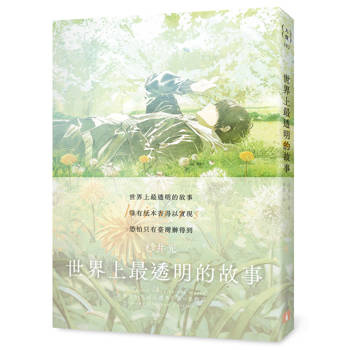Before the arrival of Western medical practices in Africa, indigenous communities had many ways of treating various illnesses. Some, like the Abagusii of Kenya, even had advanced medical practices (given the time) such as head surgery which they conducted routinely with success. Western religion and medicine dealt a blow to these proven medical practices and stunted their development.
Nonetheless, because of its effectiveness, traditional healing survives alongside Western medical practices that have taken root worldwide. Some estimates suggest that approximately 60% of the world’s population depends solely on plants for medication. As such, in Africa, it is common to find a Western-educated who professes the Christian faith under modern hospital treatment alongside prescriptions by traditional healers.
Indigenous healing relied on a clear selection of specific plants, elaborate preparation and administration. Typically, the administration of the treatment relied on the plants’ medicinal potency, the associated diet (nutrition) and spiritual beliefs. William Nyang’ate Gisesa set out to test the efficacy of some of the plants used for treatment in Gusii with the results presented herein.
The work, An Ethnopharmacological Investigation of Plants Used by Abagusii Traditional Medical Practitioners, relied on interviews with herbal medicine practitioners, their claims and testing the effectiveness of the plants in a laboratory environment. The work, originally completed for doctoral studies, examines (using modern scientific methods) the authenticity of traditional headers’ claims on the efficacy of their treatment.
The results point to the potential for an indigenous, plant-based, pharmaceutical industry to complement the established medicinal drug production. At a time when pathogens rapidly acquire resistance to medications, indigenous plants offer fresh options.
The work focused on practitioners from Gusii region: Nyamira and Kisii counties. Considering that all communities had similar practices, the task of examining plants used by all Kenyan peoples is colossal.











